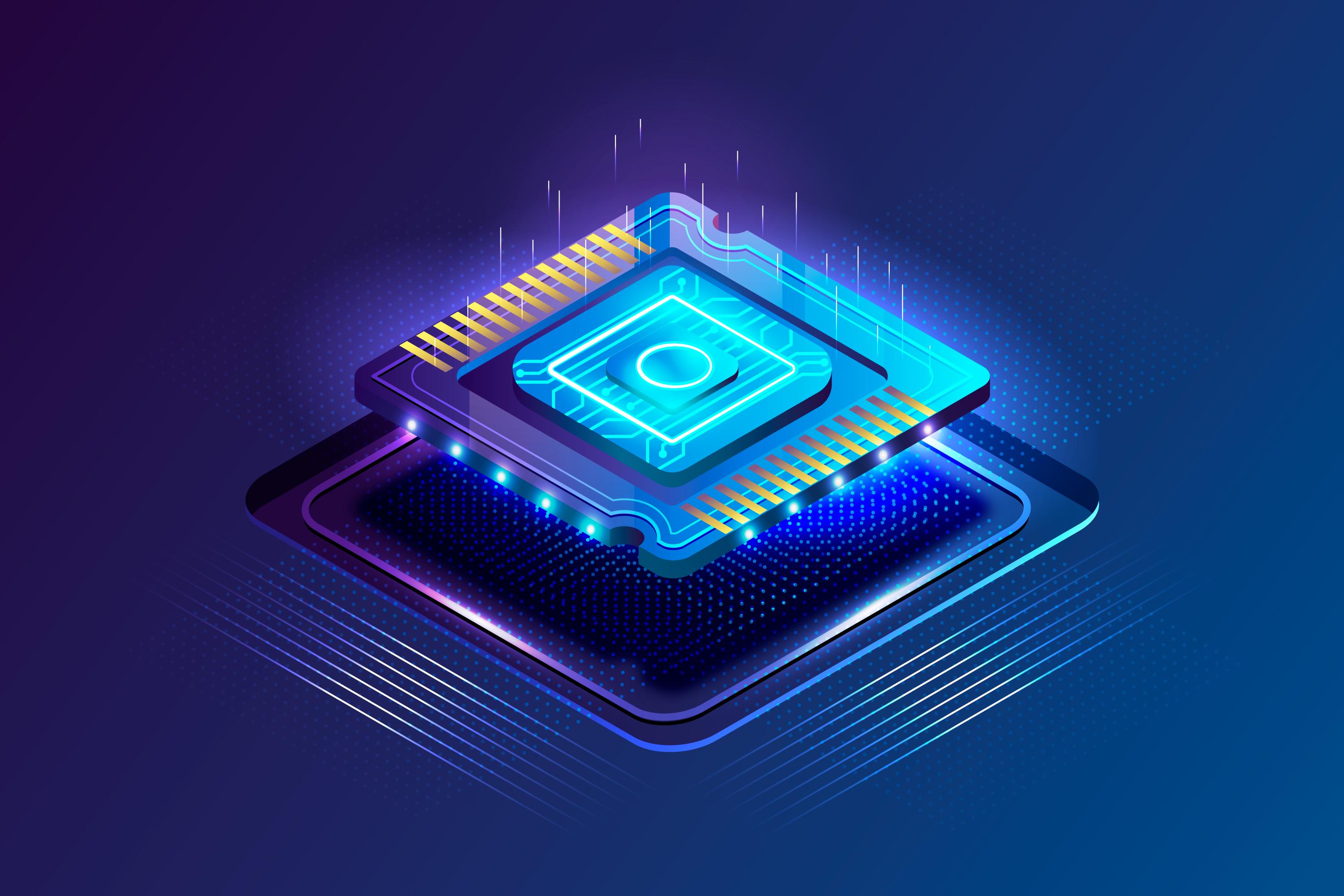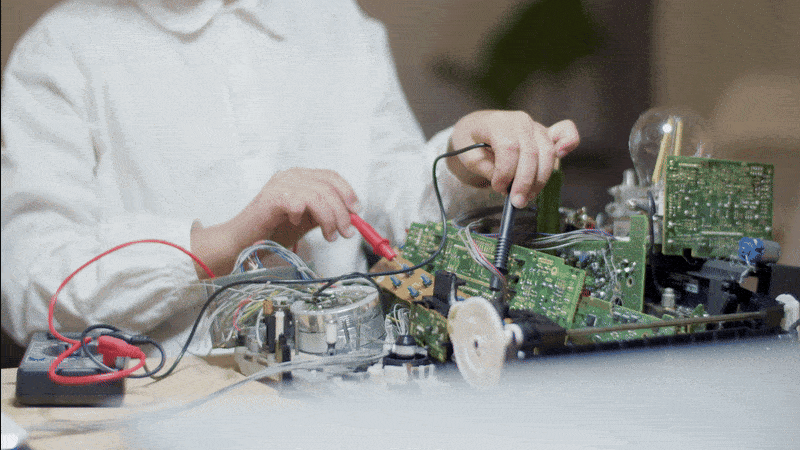The field of Physical Design Engineering is a cornerstone of the semiconductor industry, playing a pivotal role in the development of complex integrated circuits (ICs). With the ever-growing demand for high-performance chips in applications such as artificial intelligence, 5G, and IoT, a career in Physical Design Engineering promises tremendous growth and opportunities. However, mastering this domain requires a unique blend of technical knowledge, problem-solving abilities, and hands-on expertise.
This article delves into the key skills required for Physical Design Engineering, focusing on what it takes to excel in this competitive field.
Understanding the Role of a Physical Design Engineer
A Physical Design Engineer works in the backend design phase of the VLSI (Very Large Scale Integration) design cycle. Their primary responsibility is to translate a circuit design into its physical layout while ensuring it meets performance, power, and area (PPA) requirements. This involves tasks like floorplanning, placement, clock tree synthesis, routing, and signoff verification.
To excel in this role, aspiring engineers must develop a deep understanding of both the technical and practical aspects of the field. Below are the key skills for VLSI Physical Design Engineers that are essential for a successful career.
Proficiency in Physical Design Flow
Understanding the complete Physical Design flow is fundamental. This includes the following steps:
- Floorplanning: Defining the chip's physical structure and allocating space for components.
- Placement: Positioning standard cells and macros.
- Clock Tree Synthesis (CTS): Designing a robust clock network with minimal skew and latency.
- Routing: Connecting all components while minimizing resistance and capacitance.
- Physical Verification: Ensuring the design complies with design rules (DRC) and has no layout versus schematic (LVS) mismatches.
A solid grasp of these steps enables engineers to identify bottlenecks and optimize designs effectively.
Command Over EDA Tools
The ability to use Electronic Design Automation (EDA) tools is a critical Physical Design Engineering skill. Popular tools include:
- Cadence Innovus
- Synopsys ICC2
- Mentor Graphics Calibre
These tools are essential for tasks like placement, routing, and verification. Gaining hands-on experience with at least one major EDA tool suite is a prerequisite for success.
Knowledge of Design Constraints
Design constraints ensure that the chip operates as intended under all conditions. Engineers must be proficient in defining and managing:
- Timing constraints (setup and hold checks)
- Power constraints
- Area constraints
This requires a solid understanding of concepts like timing analysis, power optimization, and signal integrity. Tools like Synopsys PrimeTime are often used for timing signoff, making expertise in these tools a valuable asset.
Strong Understanding of Semiconductor Physics
A Physical Design Engineer must have a firm grasp of semiconductor physics, including:
- Transistor operation principles
- Leakage currents and power dissipation
- Parasitics and their effects on circuit performance
This foundational knowledge enables engineers to anticipate challenges and design circuits that adhere to process node requirements, whether it’s 7nm, 5nm, or beyond.
Problem-Solving and Analytical Skills
Physical design tasks often involve optimizing trade-offs between power, performance, and area. Engineers must tackle challenges like:
- Reducing clock skew in a complex network
- Meeting timing closure on tight schedules
- Debugging and fixing routing congestion
Strong analytical and problem-solving abilities are crucial for resolving these issues efficiently.
Scripting and Automation Skills
Manual optimization is time-consuming and prone to error. Engineers proficient in scripting can automate repetitive tasks, boosting productivity. Essential scripting languages include:
- Tcl for tool automation
- Python for data analysis
- Shell scripting for workflow automation
Scripting is a highly valued skill and a differentiator in the job market.
Knowledge of Low-Power Design Techniques
Power efficiency is a top priority in chip design, especially for mobile and IoT devices. Skills in low-power design techniques, such as multi-threshold voltage (Multi-Vt) cells, clock gating, and power gating, are highly sought after.
Understanding standards like the Common Power Format (CPF) or Unified Power Format (UPF) is equally important.
Collaboration and Communication Skills
Physical design engineers collaborate with multiple teams, including frontend designers, verification teams, and manufacturing engineers. Effective communication ensures that requirements are understood and implemented correctly.
In addition, the ability to document processes, create detailed reports, and present findings is vital for cross-functional teamwork.
Attention to Detail and Patience
Physical design involves intricate tasks that require attention to detail. Overlooking a single design rule could lead to costly iterations. Patience is equally important, as some processes, like timing closure, can be time-intensive and challenging.
Up-to-Date Knowledge of Technology Trends
The semiconductor industry is dynamic, with continuous advancements in technology. Engineers must stay informed about:
- New process nodes (e.g., 3nm, 2nm)
- Emerging packaging technologies (e.g., chiplets, 3D integration)
- Developments in AI-driven design tools
Staying current with industry trends is essential to remain competitive and innovate effectively.
How to Develop These Skills
If you are aspiring to become a VLSI Physical Design Engineer, consider the following steps:
Formal Education:
A degree in Electrical Engineering, Electronics, or Computer Science is the foundation. Courses focusing on digital design, semiconductor physics, and microelectronics are particularly beneficial.
Specialized Training:
Enroll in VLSI training programs that cover the skills required for Physical Design Engineering. Institutes like VLSIFIRST offer targeted courses in RTL to GDSII flow, which are invaluable for hands-on experience.
Internships and Projects:
Gaining practical experience through internships or academic projects helps reinforce theoretical knowledge.
Certifications:
Certifications in EDA tools or low-power design techniques can add significant value to your resume.
Practice:
Working on open-source VLSI projects or participating in chip design challenges can help you hone your skills.
The Future of Physical Design Engineering
With the ongoing push for smaller, faster, and more efficient chips, the role of Physical Design Engineers will remain critical. Emerging technologies like quantum computing, AI accelerators, and advanced packaging methods will shape the future of this domain.
As such, mastering the key skills for VLSI Physical Design Engineers today can pave the way for a rewarding career tomorrow.
Conclusion
Success in Physical Design Engineering requires a combination of technical prowess, continuous learning, and problem-solving capabilities. By developing expertise in EDA tools, design constraints, scripting, and low-power techniques, aspiring engineers can position themselves as valuable contributors to the semiconductor industry.
With a strong foundation in the skills required for Physical Design Engineering, you can embark on a career that is not only intellectually stimulating but also offers significant opportunities for growth and innovation.

Why VLSIFIRST Is the Best Career Launchpad for ECE, EEE & CSE Graduates
Discover why ECE, EEE, and CSE graduates choose VLSIFIRST for high-paying VLSI careers. Learn how industry-ready training, projects, and placements accelerate your journey.

Engineering Completed? How VLSIFIRST Helps You Enter VLSI Faster
Discover how VLSIFIRST helps engineering graduates fast-track their VLSI careers with industry-ready training, projects, mentorship, and job-oriented skill development.

Clock Gating vs Power Gating: Implementation, RTL Flow & Verification Guide
Learn how to implement clock gating and power gating with RTL design steps, backend changes, UPF flow, and a full verification checklist for efficient low-power VLSI design.
_11zon.jpg)
What to Do After Engineering? Why VLSIFIRST Leads Chip Design Careers
Discover why VLSIFIRST is becoming the top choice for engineering graduates pursuing VLSI and semiconductor careers. Explore job roles, growth, and industry-ready training benefits.

VLSI Career Roadmap for Engineering Graduates: Step-by-Step Guide
A complete VLSI career roadmap for engineering graduates. Learn skills, domains, tools, and steps to become a successful semiconductor engineer in the chip design industry.
AI Driven Innovations In Automotive Embedded Systems, Entry Level Semiconductor Jobs, Salary Comparison Between VLSI Professional And Software Engineer, VLSI Certification Course Online Free, Best Websites For VLSI Technical Interview Preparation, RTL Design Engineer Interview Tips For Freshers, How Networking Helps ECE Graduates In VLSI Job Hunt, Top VLSI Companies In Bangalore, Hardware Jobs For ECE Freshers, VLSI Training in Bangalore, VLSI Training Institute in Bangalore, Video Resume Creation And Benefits Of Video Resume, Benefits Of Embedded System Course
Hours
Copyright 2025 © VLSI Technologies Private Limited
Designed and developed by KandraDigitalCopyright 2025 © VLSI Technologies Private Limited
Designed, Developed & Marketing by KandraDigital
